Introduction to the Grade and Variety of Yega Xuefei Coffee is it good to describe the flavor characteristics of the top coffee beans?
Friends who like sour taste, then Yejia Chefe Coffee is definitely the first choice. The bright aroma of citric acid and jasmine is absolutely memorable. Yejashafi Coffee is one of the most distinctive coffee in the world. It is an outstanding representative of African washed coffee and has always enjoyed a high reputation in the eyes of coffee connoisseurs around the world. Therefore, the rations, beans and water in front of the street are everyone's favorite!
Yejashafi coffee exudes an extremely complex aroma, showing an extremely excellent taste, which is difficult to describe. In general, the dry aroma of Yega Chuefei is full of fruit, with strong aromas of dried fruit, strawberry, mango and apricot jam. Wet fragrance is like sweet syrup, like sticky apricot juice, wrapped in plain honey or chocolate. The entrance is not strong, the mellow thickness is medium, the sour taste is not obvious, but it is lively and bright, like fruit black tea.
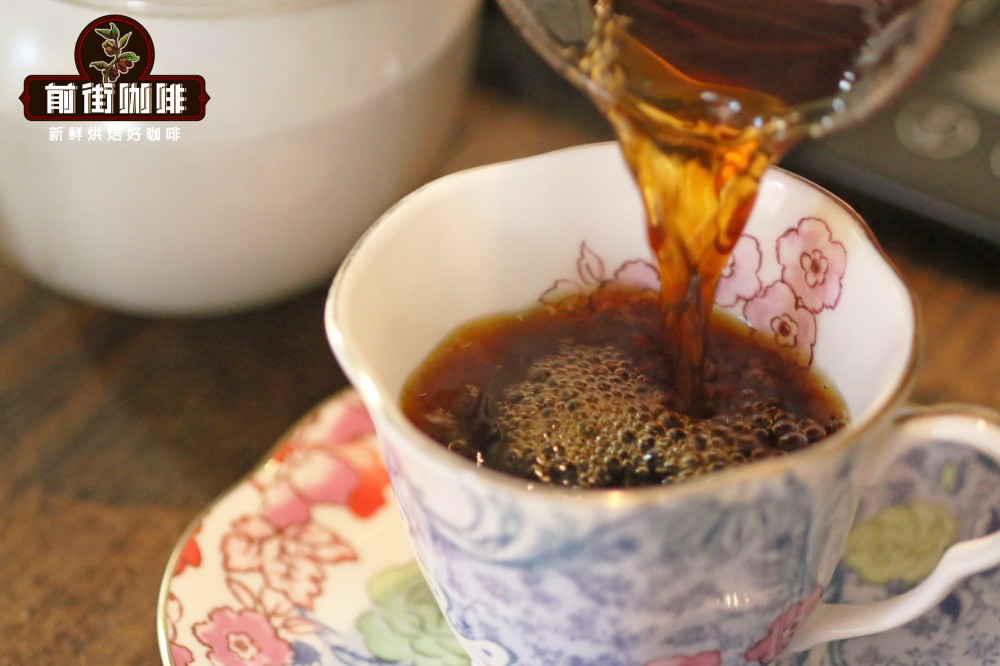
Qianjie believes that the phrase "coffee entrance, flowers in full bloom" is the most appropriate, just as flowers promote the comfort of taste buds and olfactory cells in the nasal cavity. In addition to the fragrance of flowers, the delicate thickness of body, like silk massage in the mouth, feels wonderful. At present, many coffee chemists begin to study the microclimate and soil and water around Yega Xuefei, in order to sum up the planting equation of fine coffee.
Most of the coffee beans in Ethiopia are named after the producing areas. Yega Xuefei is the representative of a boutique coffee producing area in Ethiopia, which is about 1800-2000 meters above sea level and is one of the highest coffee producing areas in Ethiopia. Qianjie believes that Ye Jia Xuefei coffee has a unique flavor of citrus and flower, which has a lot to do with its special geographical environment. Ethiopia, as the birthplace of coffee, has a wide variety of coffee, and the micro-climatic environment of each producing area is different, so the coffee flavor of the producing area is somewhat different. This is also the reason why Ethiopia alone bought more than a dozen individual coffee beans in Qianjie.
Yejia Xuefei coffee producing area
Yejasuefi has always been one of the most important boutique coffee producing areas in Ethiopia. It once belonged to the Sidamo coffee producing area, and later became an independent coffee producing area because of its unique flavor. It can be said that Yejashafi is not only a name of coffee producing area, but also a term for the description of specific coffee flavor. Yejia Xuefei coffee producing area is a high altitude coffee producing area, which is about 2000 meters above sea level. There are more than 40 cooperatives in the Yejashafi coffee producing area, which mainly manage coffee cultivation in a family business model. However, the mode of production and flavor here are so outstanding that Ethiopian coffee farmers compete to be proud of the flavor of their coffee, so they are independent from Sidamo and become the most famous producing area in Africa.
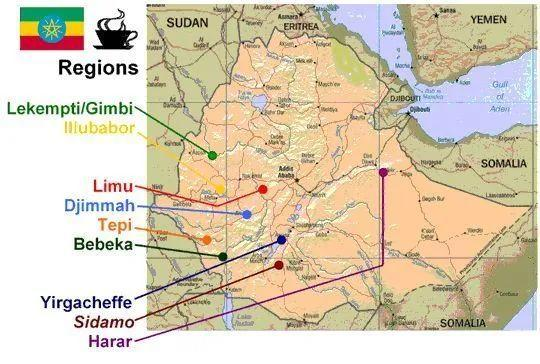
Qianjie Coffee believes that each Yega Chuefei has its own unique flavor, such as: Yega Xuefei red cherry mainly berry tone and so on.
Yejia Xuefei coffee bean variety
Ethiopia, as the gene bank of coffee, has a wide variety of coffee, so it is difficult to identify and classify it. In addition, the Ethiopian government is unwilling to disclose information about these varieties because of the protection of natural coffee, so most of the coffee beans exported by Ethiopia are collectively referred to as "Heirloom" native species, and the coffee beans in Yejashafi producing area are also local native species. Coffee bean shape: small granule species, the appearance is more round, the bean body is very small, mostly between 14-15 mesh.
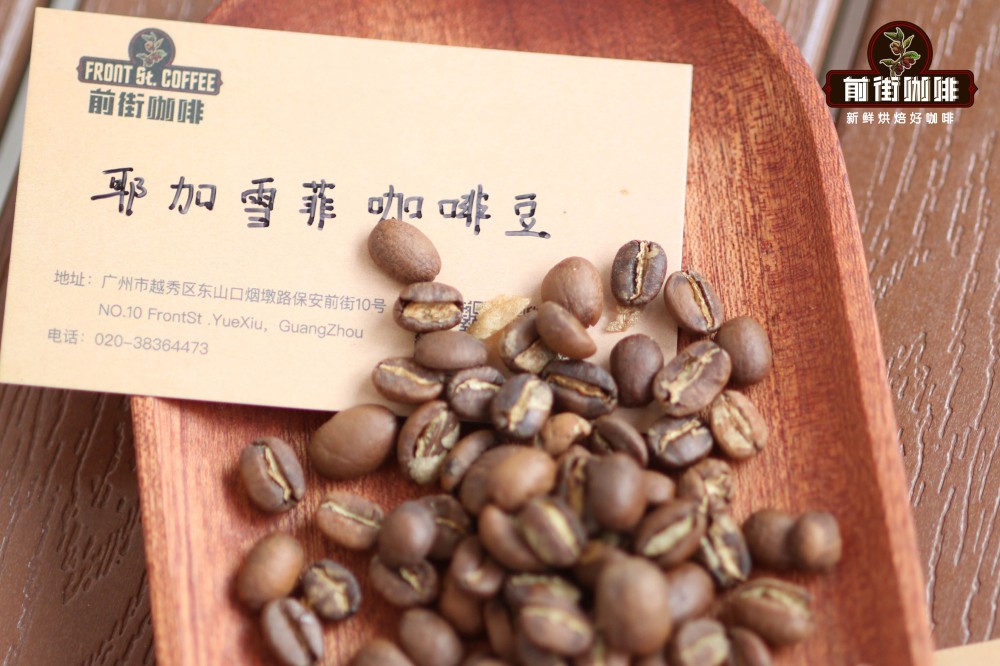
Ye Jia Xuefei coffee bean classification
Qianjie has told you that coffee beans in different producing countries are classified in different ways, some according to altitude, some according to the size of coffee beans, some according to how many defective beans, and so on. So what is the basis for the Yejashifi coffee beans? Maybe some careful friends will find that Yega Xuefei sometimes writes Yega Xuefei G1, so is this G1 a grade? That's right, that's the grade. Let's tell you more about the grading of Yega Xuefei coffee in the front street.
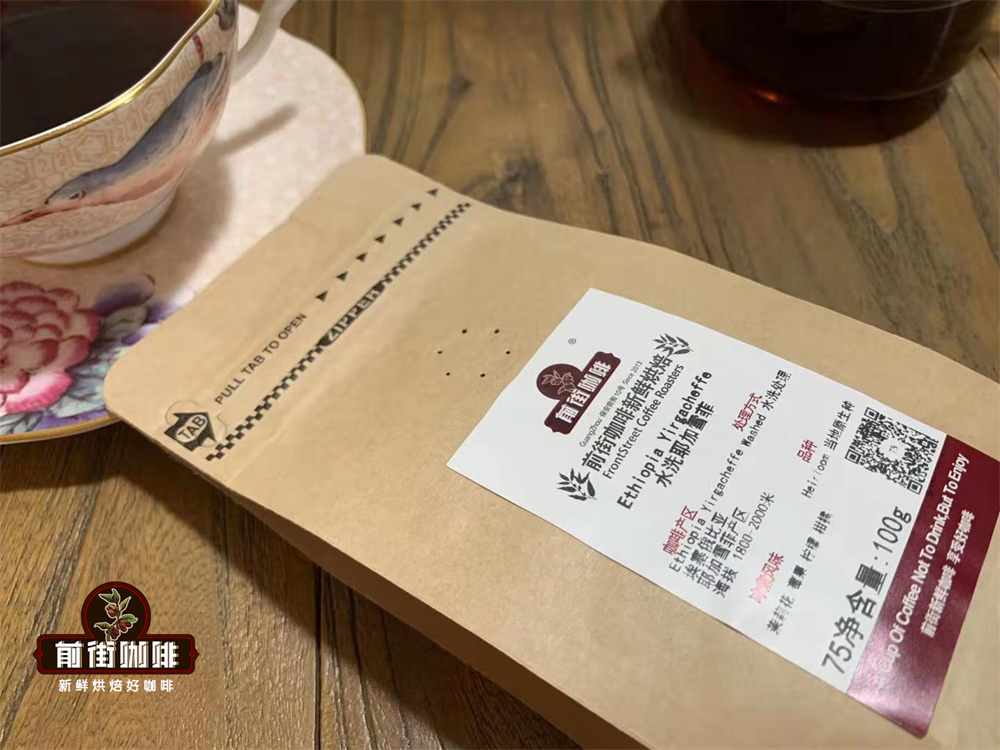
The grading system for Ethiopian coffee beans by ECX, the Ethiopian Commodity Exchange Ethiopian Commodity Exchange, established in 2012, is twofold.
On the one hand, it is graded according to the rate of defects.
The defect rate of coffee beans is graded. For every 300g raw beans exported, the defective beans are less than 3, the grade is G1, and the defective beans are 4-12 for every 300g export raw beans, and the grade is G2. Yejashafi coffee beans are classified into G1, G2, G3, G4 and so on according to their defects. The higher the grade, the better the quality.

On the other hand: since the clothing country Commodity Exchange Center (ECX) came into operation in 2009, the graded definition of flavor evaluation was used to evaluate the quality of G1 and G2 coffee beans by SCA American Fine Coffee Association cup. the coffee beans were rated as Q1 with a score of more than 85 and Q2 with a score of 80-84.75.
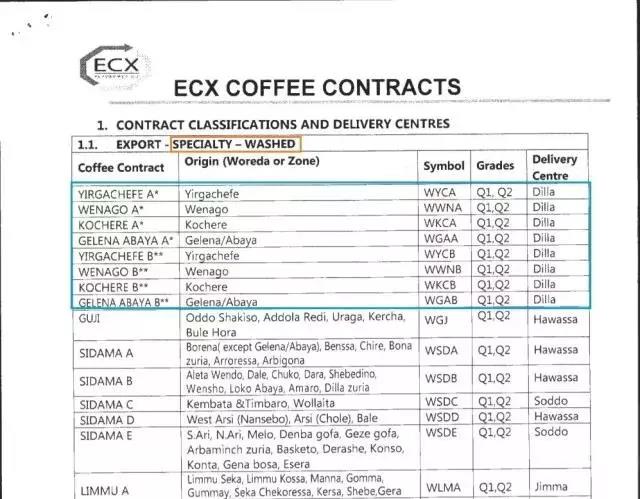
Ye Jia Xuefei Coffee treatment method
If you wash the coffee, you might think that the coffee in the Yega Chefe area is washed. In fact, Ethiopia traditionally uses the ancient sun treatment method, but after introducing the water washing method in 1972, the utilization rate of the water washing method is much higher than that of the sun treatment method. Qianjie believes that the coffee beans treated by water washing method have reduced the degree of defect. the flavor is cleaner and brighter.
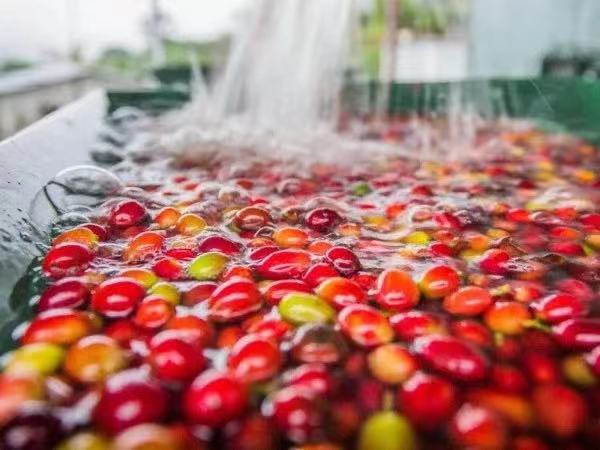
Sun treatment is one of the oldest and most traditional treatments. Coffee fruits are dried in the sun immediately after picking, which is more common in areas where there is plenty of sunshine or lack of water resources. For example, nearly 70% of coffee fruits in all producing areas of Ethiopia are exposed to the sun. Qianjie believes that compared with washed coffee, sun-cured coffee has lower acidity, higher sweetness, clear touch, but slightly lower cleanliness, and its flavor will produce more berry tonality and more complexity.

Qianjie cooking suggestion:
How can such excellent coffee beans be flushed into a delicious flavor? Qianjie believes that the freshness of coffee beans is a very important link, the freshness of coffee beans can maximize the rich flavor of coffee. The coffee beans shipped in Qianjie are all roasted within 5 days, because Qianjie is well aware that the freshness of coffee beans has a great impact on the flavor. The purpose of Qianjie roasting is "freshly roasted coffee", so that every guest who places an order is the freshest coffee when he receives it. The bean cultivation period of coffee is about 4-7 days, so when the guest gets it, it is the time when the flavor is the best.
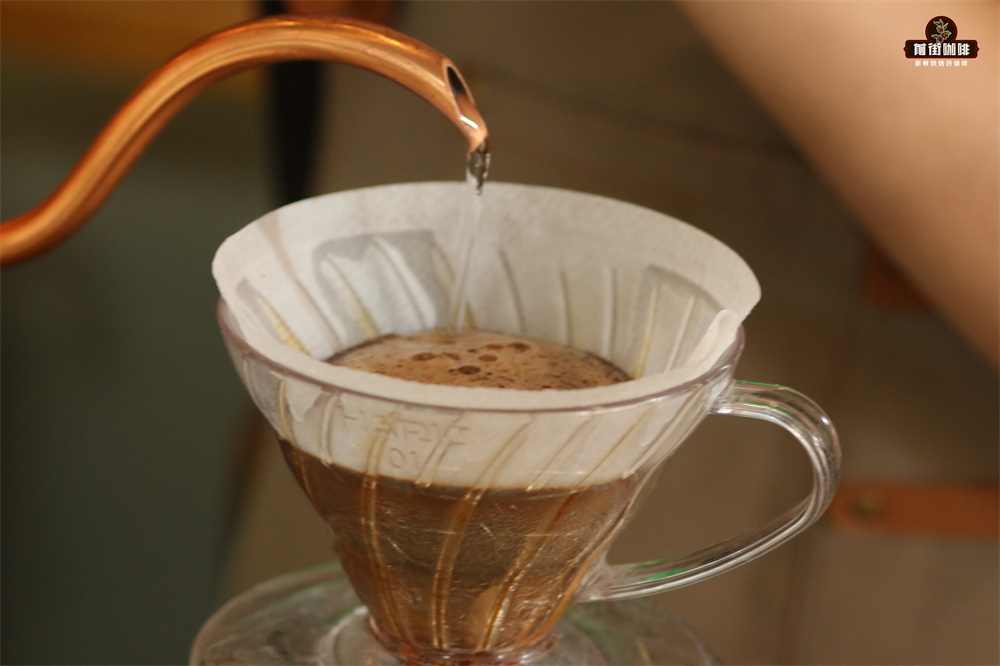
Of course, there are some customers who need help grinding powder in front of the street, which doesn't matter, but Qianjie has to warn: if the coffee beans are ground ahead of time, there is no need to raise the beans, because in the process of transportation, the pressure caused by carbon dioxide in the package can also make the coffee flavor mellow, so when you receive the coffee powder, you can immediately make a cup of coffee drink. But the coffee powder needs to be brewed in time, because the coffee powder oxidizes more quickly after contact with the air, that is to say, the flavor of the coffee will dissipate more quickly, and the flavor of the coffee is not so good. Therefore, Qianjie suggests buying whole beans, grinding and flushing now, so that we can better taste the flavor of coffee.
Parameters for brewing Yega Chuefei coffee on Qianjie Street:
V60 filter cup, water temperature 90 ℃, ratio of water to powder 1:15, powder quantity 15g, grindability (pass rate of China No. 20 standard screen 80%)
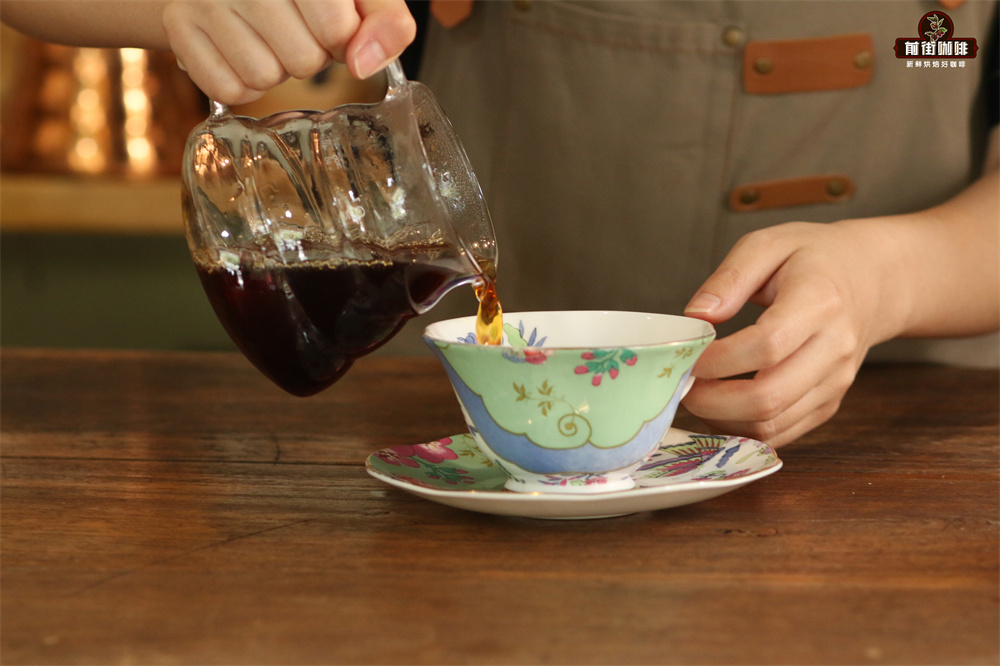
The use of segmented extraction, with twice the amount of coffee powder water for steaming, that is, 30 grams of water for 30 seconds, and the reason for the need for steaming process is to make coffee powder can discharge the internal carbon dioxide gas, so that the latter stage of the extraction is better stable. When the small water is injected around the circle to 125 grams, the injection will be stopped until 225 grams, then the filter cup will be removed after the dripping of the filter cup, and the extraction time will be 2 minutes 39 grams. Next, pick up and shake the whole cup of coffee, then pour it into the cup and taste it.
Washed Kochel coffee flavor: citrus, berries, tea, cream, light nuts
Sun red cherry coffee flavor: berries, lemons, strawberries, fermented wine
Professional coffee knowledge exchange more coffee bean information please follow the coffee workshop (Wechat official account cafe_style)
For more boutique coffee beans, please add private Qianjie coffee on Wechat. WeChat account: qjcoffeex
Important Notice :
前街咖啡 FrontStreet Coffee has moved to new addredd:
FrontStreet Coffee Address: 315,Donghua East Road,GuangZhou
Tel:020 38364473
- Prev

Where is Yejasuffe coffee beans? the characteristics of hand-flavored flavor of Yejiaxuefei coffee beans.
Professional coffee knowledge exchange more coffee bean information please follow the coffee workshop (Wechat official account cafe_style) front street-Yega snow coffee producing area introduction Yega Xuefei is actually a small town in Ethiopia, at an altitude of 1700-2100 meters, is also Ethiopia's boutique coffee producing area and
- Next
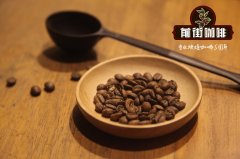
Delicious black coffee recommended by Costa Rican musician series of coffee Mozart characteristics
Professional coffee knowledge exchange more coffee bean information please follow the coffee workshop (Wechat official account cafe_style) front street-Costa Rican musicians Mozart series at the beginning of today's article, please think about a question: when it comes to musicians, what kind of scene do you think of? Is it an impassioned high-pitched solo or a sitting symphony orchestra? Either way, I
Related
- Beginners will see the "Coffee pull flower" guide!
- What is the difference between ice blog purified milk and ordinary milk coffee?
- Why is the Philippines the largest producer of crops in Liberia?
- For coffee extraction, should the fine powder be retained?
- How does extracted espresso fill pressed powder? How much strength does it take to press the powder?
- How to make jasmine cold extract coffee? Is the jasmine + latte good?
- Will this little toy really make the coffee taste better? How does Lily Drip affect coffee extraction?
- Will the action of slapping the filter cup also affect coffee extraction?
- What's the difference between powder-to-water ratio and powder-to-liquid ratio?
- What is the Ethiopian local species? What does it have to do with Heirloom native species?

